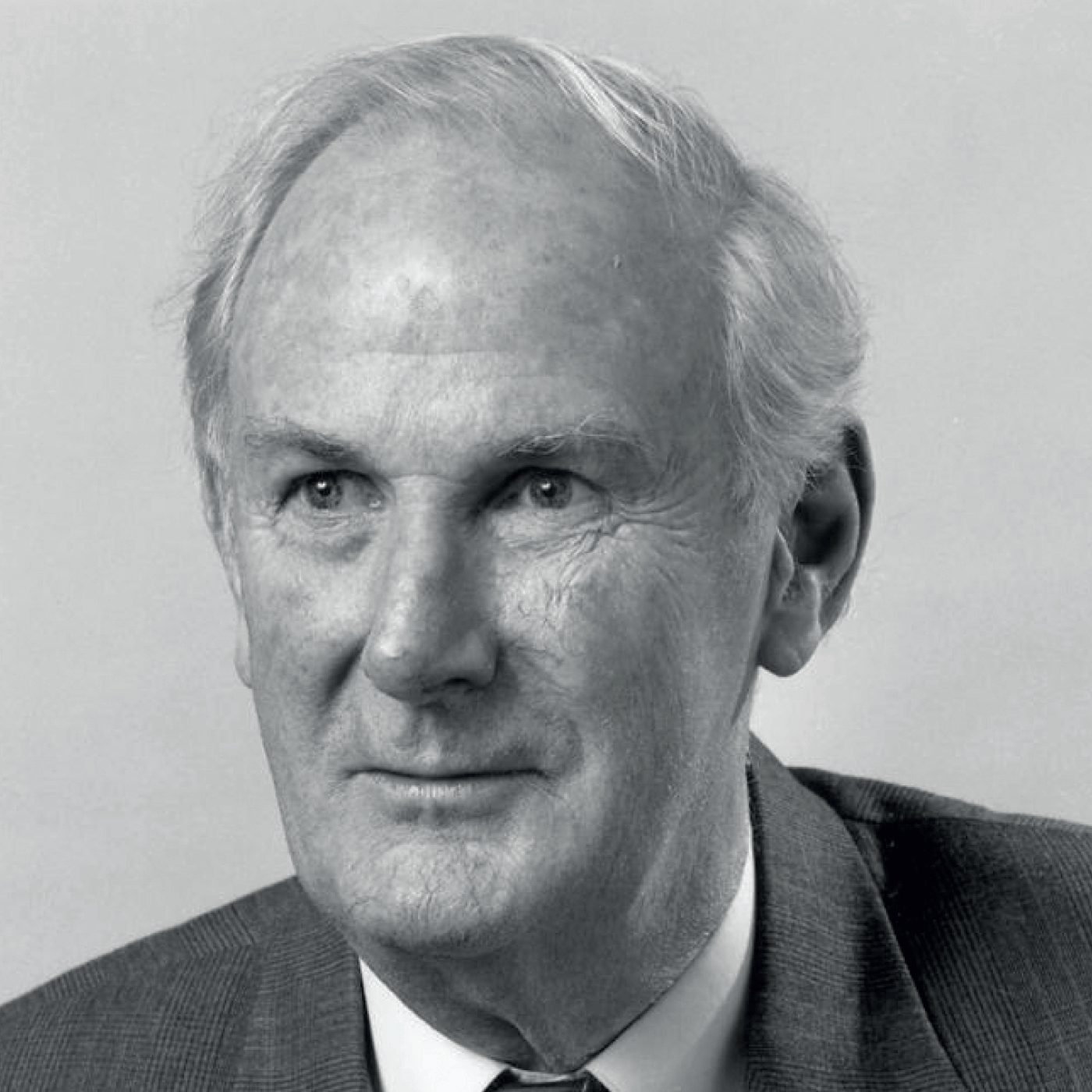Born in the midst of World War I, in 1916, the son of a general practitioner in the remote town of Alnwick, UK, Patrick Trevor-Roper was educated at Charterhouse and the University of Cambridge, where he received the prestigious title of Exhibitioner. At school, he was a senior classical scholar, but his plan was to join his father’s practice after attending Cambridge and the Westminster Medical School in London. When World War II started, he was 23. He became a captain in the New Zealand Medical Corps in 1943 and served with the Central Mediterranean Forces until 1946.
During an air raid in London, Trevor-Roper found himself sharing a shelter with one of London’s leading eye surgeons, E.F. King, who introduced him to Moorfields Eye Hospital and persuaded him to choose ophthalmology as his specialty.
After the war and following his postgraduate training, he became a consultant ophthalmic surgeon at Westminster Hospital (1947–82) and at Moorfields (1961–81), where he established the Westminster-Moorfields Eye-Bank in 1965.

Trevor-Roper was one of the first openly gay men in Britain and instrumental in decriminalizing homosexual activity in 1967. In 1955, he appeared as a witness before the Wolfenden Committee to testify that the majority of gay men had regular lifestyles and posed no threat, and argue that homosexuality was not an illness. He told the Committee about the devastating effects of homophobia and blackmail, which isolated many young gay men, induced depression, and often pushed them to suicide. Trevor-Roper remained active in gay rights activism, co-founding the UK’s leading AIDS service organization during the AIDS epidemic in the 1980s.
An important part of his ophthalmic career was the establishment of the Haile Selassie Eye Hospital in Addis Ababa, Ethiopia, and eye hospitals in war-torn Nigeria and Sierra Leone. He also campaigned against drug companies’ manipulations and successfully fought to end the monopoly on the sale of reading glasses. He edited Transactions of the Ophthalmological Society UK – later renamed Eye – for 38 years.
Following a hugely successful and influential career, Trevor-Roper was diagnosed with Alzheimer’s disease in 2003. He developed cancer in 2004 and died the same year. He was survived by his long-term partner, Herman Chan.
Trevor-Roper left behind many important written works; the most popular is probably The World Through Blunted Sight, which explores how common eye conditions influenced the styles of the most famous artists and writers. An ophthalmic award in his name is given to medical students from the UK and Ireland.
References
- C Richmond, BMJ, 7448 (2004). PMC406337.
- C Richmond, The Guardian (2004). Available at: https://bit.ly/3gSMzj5.
